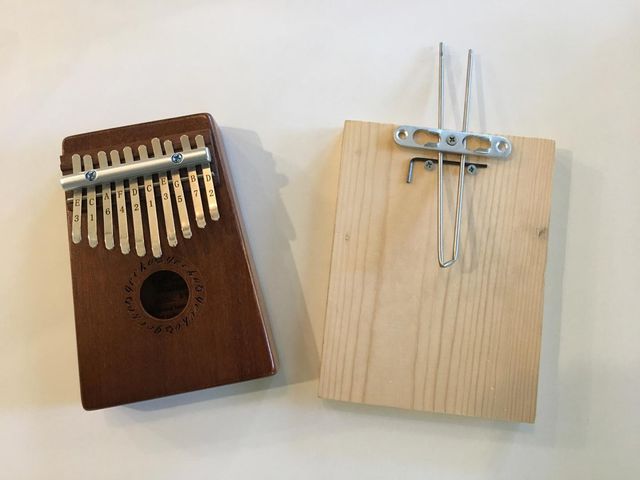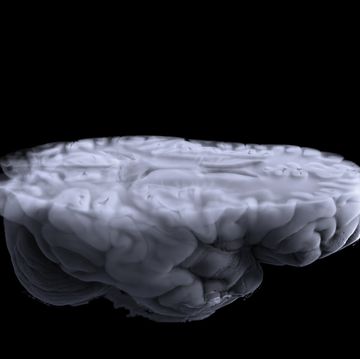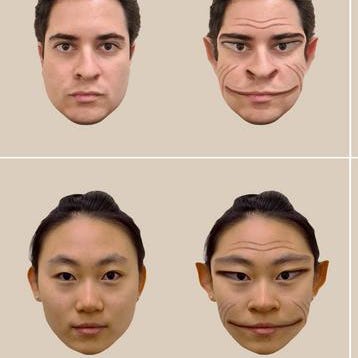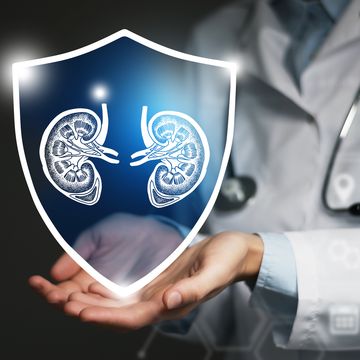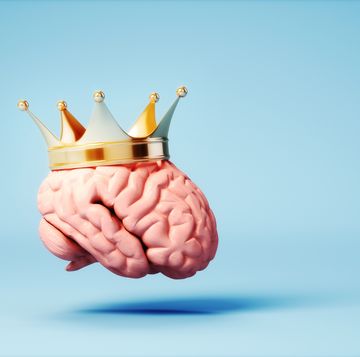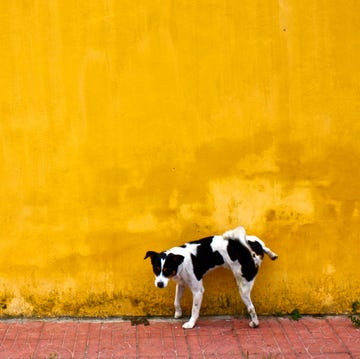According to the World Health Organization, 10 percent of all medical products in developing countries are substandard or falsified. Engineers have developed a sensor to test for real medicine based on an unusual source: a musical instrument known as the mbira, also known as a thumb piano.
The new low-tech sensor was built with a scientific principle in mind, that frequencies of sound created by a musical instrument are determined by the instrument's physical properties. And since examining the physical density of a liquid medicine can offer proof that it's the real deal and not a fraud, scientists started to wonder if music could weed out the fakes.
"Could we add a sample to a musical instrument, measure the resulting change in the instrument's notes, and use this change to determine information about the sample and its properties?" asked William Grover, an assistant professor of bioengineering in University of California, Riverside, in a press statement.
Grover and his team turned to the mbira to find an answer. A handheld instrument with many varieties, the mbira is made up of graduated metal prongs attached to a soundboard. Plucking one of the prongs releases a sound, as can be seen here.
Grover and his team replaced the prongs with a piece bent metal tubing and injected it with a liquid. Through plucking the metal tubing, Grover was able to make a variety of sounds. An empty tube played a G sharp, while a tube filled with water played an F sharp.
Feeling like he was on to something, Grover went to his garage and built a new device entirely out of scrap wood and tubing found lying around. After determining the ideal mbira sensor size, he and his students began a series of tests. They filled their tubes with everything from local river water to buffalo milk from India and noted how the sounds changed and altered with each substance.
Faked medicines proved to be a good first challenge for the sensor because it's made out of different ingredients than the real thing. Counterfeit cold medicines are often made out of a nasty concoction known as diethylene glycol (DEG), which is a clear, colorless, odorless, viscous liquid with a sweet taste.
DEG has industrial uses, but has also gotten roped into medicinal scams due to its cheap availability and ability to imitate glycerol, a syrup that carries active ingredients in several cold and flu medicines. DEG scandals have popped up around the world. The last major DEG outbreak came in 2009 in Nigeria, when 84 infant children were killed using fake baby formula made from the solvent.
Pouring both DEG and glycerol into the sensor and strumming the prongs, researchers found that the sensor made notes whose frequencies differ by 10 hertz.
That's too small a difference for a human ear to pick up, but it's not a problem for the right software. A mbira sensor, built cheaply and with equipment found lying around, and the right smartphone app could prove perfect for on-the-spot testing.
Source: University of California Riverside
David Grossman is a staff writer for PopularMechanics.com. He's previously written for The Verge, Rolling Stone, The New Republic and several other publications. He's based out of Brooklyn.
